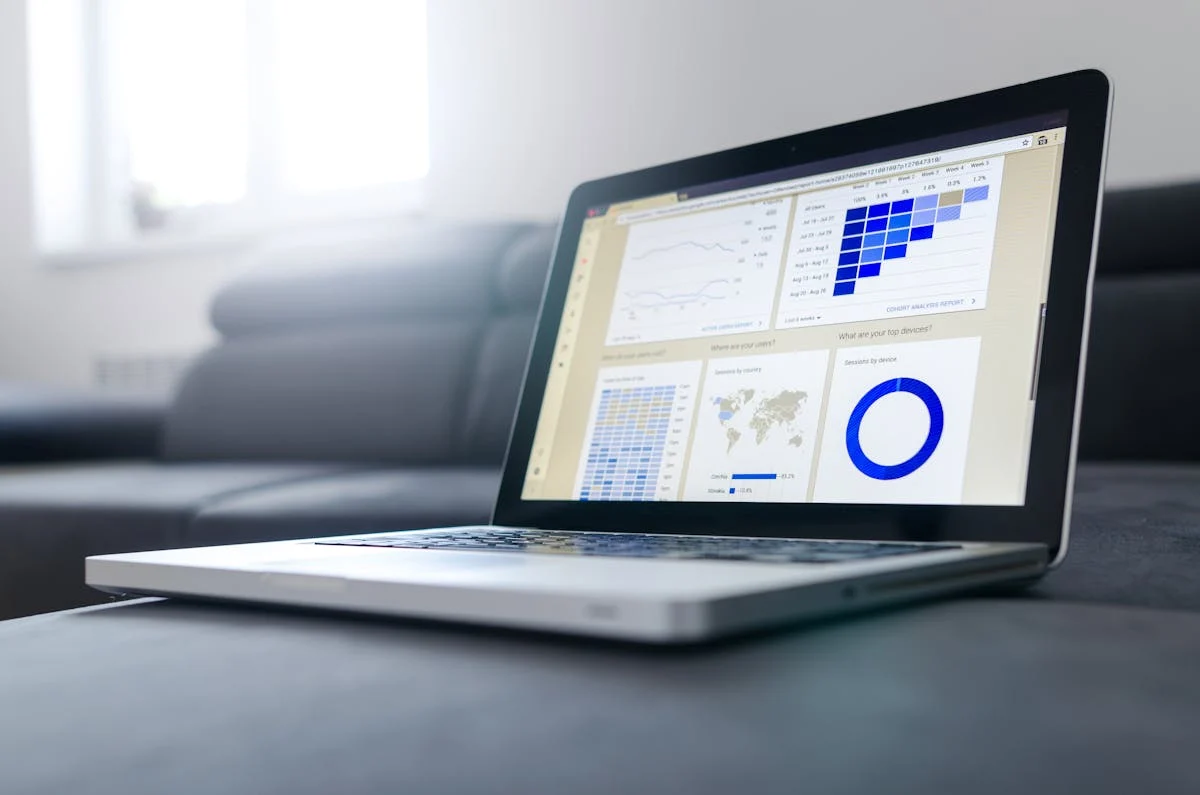
How to Price Native Advertising and Sponsored Content
Even if native advertising isn’t your publication’s biggest advertising product, it can still be a real revenue generator — especially for digital publishers who aren’t afraid to get creative. Publishers who seamlessly integrate sponsored content into editorial content are charging clients a premium. According to estimates by eMarketer, native advertising spend is expected to grow by 21% by the end of 2021.
Making a decision about how to price native advertising and sponsored content is much less straightforward than pricing display advertising. You don’t want to scare off potential advertisers by setting a price that’s too high, and you don’t want to under-value your publication by setting a price that’s too low. Most local publishers use flat-rate pricing for sponsored content, but there is no magic formula that can help you decide how much to price your packages. These are some general guidelines that you can follow as you set pricing for native advertising and sponsored content on your website..
Pricing Models for Native Advertising
Before you price native advertising on your website, you’ll want to pick a pricing model. Choosing a model will help you justify the price you set to potential advertisers. It will also put you in a better position if advertisers try to negotiate on your pricing or other terms during the sales process.
Most local publishers set pricing for sponsored content on a per-article basis. Advertisers can pay for articles individually or as part of a larger package. The more articles an advertiser pays for in a package, the less expensive each of those articles becomes. This is the most straightforward pricing strategy, and it leaves little room for misinterpretation on the part of advertisers.
Large publishers like Buzzfeed, often use more complicated pricing models. One of those is the freemium model. Publishers who opt for this model will throw in a certain number of native ads for free when advertisers purchase larger display ad packages. The downside here is that this model can devalue your native advertising and sponsored content programs. However, for publishers who are just getting these programs off the ground, offering freebies to paying clients is an effective way to slowly add the option into the mix.
Once you’ve started running native ads on your website, you’ll be able to collect data on the views for each piece of native content, as well as audience demographics. You’ll want to monitor these metrics closely since they will eventually become the basis for future pricing decisions.
Although it’s possible to price native advertising and sponsored content the same way you would price display advertising, that strategy usually proves to be too complicated for local publishers. Smaller publishers are better off sticking with more straightforward pricing strategies.
Pricing Factors
As a general rule of thumb, local publishers set prices for sponsored content at $250 to $750 per article, or $500 to $1500 for a package of three. The larger the package the advertiser purchases, the cheaper each article within the package becomes.
What accounts for the variability between publishers, and why are some publishers charging more than others?
A number of factors play a role in determining how much you charge for native advertising, such as whether the creative is being developed by your team or that of the advertiser. Publishers can charge a premium when they develop native advertising and sponsored content in-house, however, there is an additional cost with that strategy. Publishers who handle the development of sponsored content typically charge a separate production fee, or they bake the cost into the media spend. Finding the right balance here is key, and having some flexibility to work with advertisers in different ways is helpful.
Where do your native ads appear? Digital publishers that offer cross-platform content can justify a higher rate than more traditional news websites. Native operations with millions of fans across multiple social media channels are also at an advantage here. However, it’s important to remember that native advertising isn’t something that’s being offered exclusively by the largest publishers. Publishers of all sizes, including local news sites, can sell native advertising as long as they price their packages appropriately.
Pricing for native advertising and sponsored content is based on a combination of creation and distribution. Who is creating the content and how is it being distributed? The larger your distribution network, the higher the premium you can charge.
Are you interested in selling native ads alongside traditional display advertising on your site? Let us know how your sales program is structured and how we can help make it even better.
Subscribe to Our Blog
Stay up to date with the latest marketing, sales, and service tips and news.


